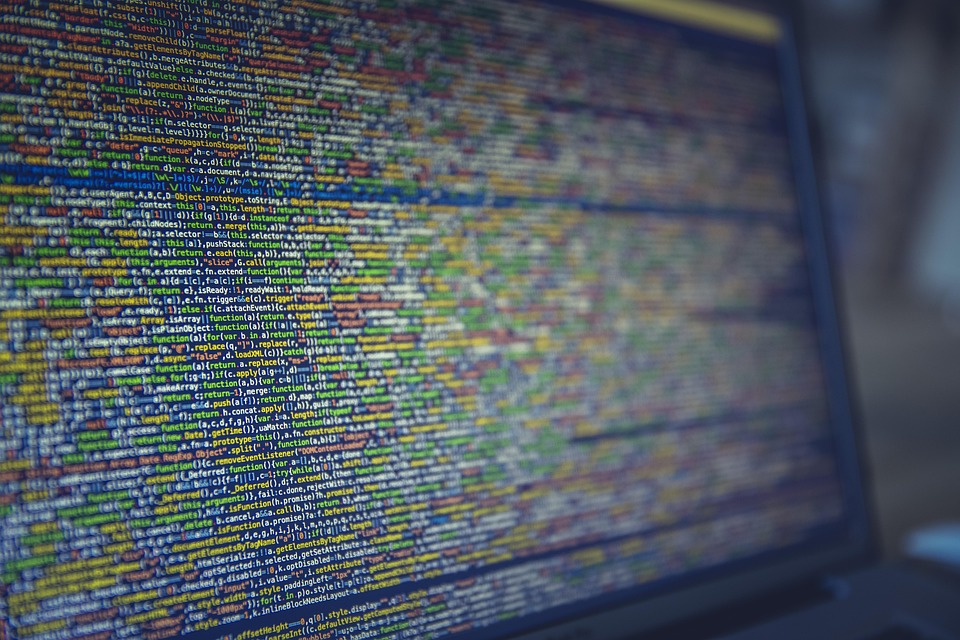In today’s hyper-connected society, our reliance on digital devices continues to grow, making the protection of our personal and sensitive information more crucial than ever. Operating systems (OS) serve as the backbone of our devices, providing the necessary framework for application functionality and user interaction. However, one of their most significant roles is ensuring the security of our data. In this article, we explore how operating systems protect your data and some essential security features they offer.
The Role of Operating Systems
An operating system is software that manages computer hardware and software resources while providing common services for computer programs. Examples include Windows, macOS, Linux, iOS, and Android. Beyond merely enabling hardware functionality, modern operating systems incorporate robust security protocols designed to safeguard users from various threats.
Key Security Features of Operating Systems
1. Access Control Mechanisms
Operating systems implement access controls to regulate who can view or use resources. These include:
- User Accounts and Permissions: Each user account has specific permissions, allowing the OS to restrict or grant access to files and applications. This ensures that unauthorized users cannot access sensitive information.
- User Authentication: Techniques like passwords, biometric scans, and two-factor authentication (2FA) are employed to verify the identity of users before granting access.
2. Data Encryption
Encryption is the process of converting data into a coded format that can only be read by users with the correct decryption key.
- File and Disk Encryption: Operating systems may offer built-in tools (e.g., BitLocker for Windows and FileVault for macOS) to encrypt entire drives or specific files. This protects data even if a device is lost or stolen.
- Communication Encryption: Secure protocols, such as SSL/TLS, are used to encrypt data transferred over networks, thwarting potential eavesdroppers.
3. Malware Protection
Operating systems come equipped with tools and features aimed at detecting and preventing malware attacks.
- Antivirus Software: Many OS installations include integrated antivirus solutions that scan for and remove malicious software.
- Sandboxing: This technique runs applications in a restricted environment, minimizing their ability to interact with the system or compromise data.
4. Firewalls
Firewalls act as a barrier between trusted internal networks and untrusted external networks. Operating systems typically include built-in firewall options that monitor incoming and outgoing traffic, allowing users to set rules for what data is permitted.
5. Regular Updates and Patching
Software vulnerabilities can expose systems to threats. Operating systems frequently release updates and patches that address security vulnerabilities, improve performance, and enhance features. Keeping your OS updated is essential for maintaining security.
- Automatic Updates: Many operating systems allow for automatic updates, ensuring that users receive critical patches without manual intervention.
6. Security Audits and Logging
Operating systems maintain logs of user activities and system operations, facilitating security audits and incident investigations.
- Event Logs: These logs can provide insights into suspicious activities, helping users and administrators detect and respond to potential threats quickly.
User Responsibility in Data Protection
While operating systems provide essential security features, users also play a vital role in safeguarding their digital information. Some best practices include:
- Utilizing Strong Passwords: Use unique, complex passwords and a password manager to keep track of them.
- Enabling Two-Factor Authentication (2FA): This adds an extra layer of security by requiring a second form of identification.
- Regular Backups: Maintaining up-to-date backups can protect against data loss due to malware or hardware failure.
Conclusion
In a world where cyber threats are becoming increasingly sophisticated, understanding how operating systems protect your data is critical. By leveraging the security features embedded in modern OS technology and adopting good security practices, users can significantly enhance their digital safety. Remember, securing your digital world is not just the responsibility of technology; it requires collective vigilance from users and system maintainers alike.



